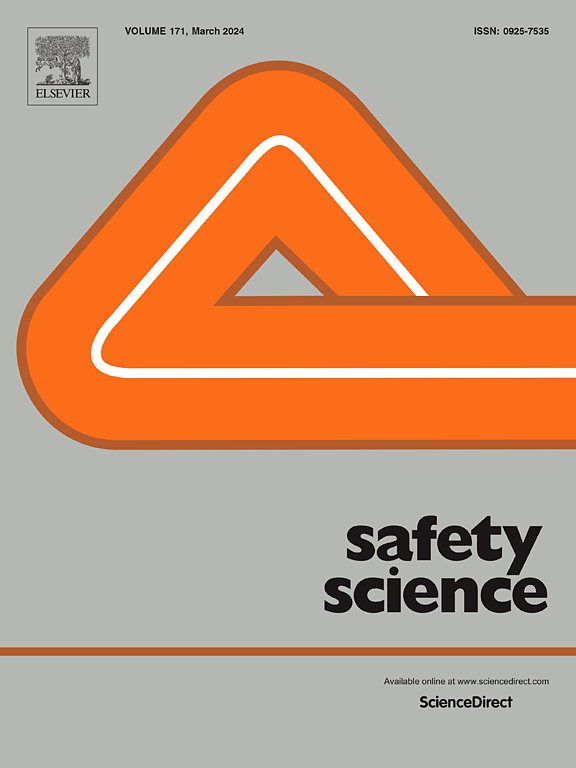Hierarchical safety analysis and formal verification for safety-critical systems using STAMP and Event-B
IF 4.7
1区 工程技术
Q1 ENGINEERING, INDUSTRIAL
引用次数: 0
Abstract
As safety-critical systems become increasingly complex, ensuring the safety of systems that govern critical functions affecting human activities and the environment is paramount. The inherent complexities of developing such systems necessitate a rigorous approach, as demanded by industrial standards, yet the process for ensuring safety remains inadequately defined. This paper presents a novel integration of System-Theoretic Process Analysis (STPA) with Event-B, employing a hierarchical and “middle-out” systems engineering strategy to manage complexity and improve safety verification. By applying STPA to derive and allocate safety requirements throughout a hierarchical Systems-Theoretic Accident Model and Processes (STAMP) model, and synchronizing these requirements with the formal verification steps of Event-B, our method effectively closes the gap between system development and safety engineering. The effectiveness of this approach is showcased through its application to the safety-critical Automatic Train Protection (ATP) subsystem in the Communication-Based Train Control (CBTC) system.
求助全文
约1分钟内获得全文
求助全文
来源期刊

Safety Science
管理科学-工程:工业
CiteScore
13.00
自引率
9.80%
发文量
335
审稿时长
53 days
期刊介绍:
Safety Science is multidisciplinary. Its contributors and its audience range from social scientists to engineers. The journal covers the physics and engineering of safety; its social, policy and organizational aspects; the assessment, management and communication of risks; the effectiveness of control and management techniques for safety; standardization, legislation, inspection, insurance, costing aspects, human behavior and safety and the like. Papers addressing the interfaces between technology, people and organizations are especially welcome.
 求助内容:
求助内容: 应助结果提醒方式:
应助结果提醒方式:


